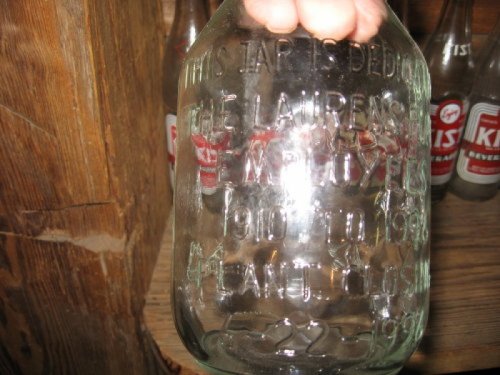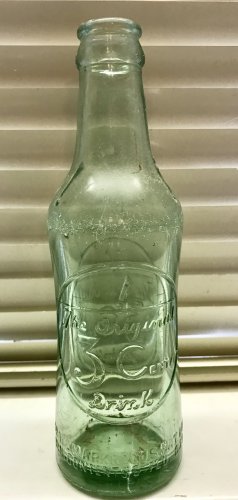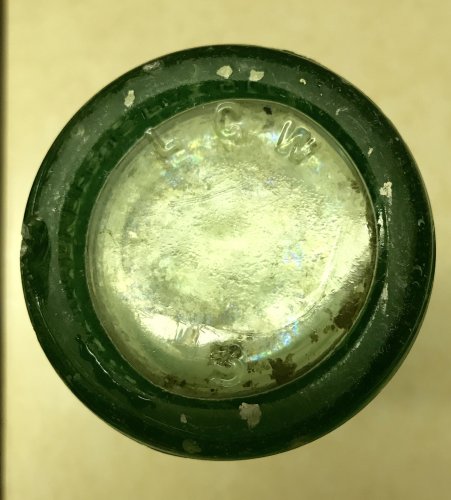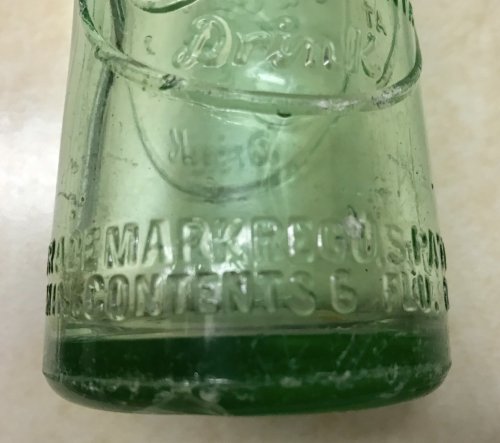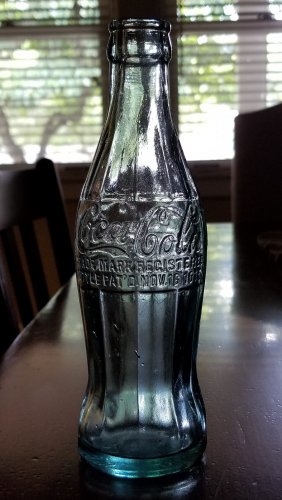digdug
Well-Known Member
While searching the web today I came across this article by accident. A very interesting read on the history of Laurens Glass Works. So, if you are tired of reading about Ahab the Arab on the forum.....here is something completely different.
Read it HERE
Sorry I couldn't take the link length. Good read though a bit wordy for me but thank you! I'll try to save it for more read later.
Also, quite sick of the sheik myself.
Read it HERE
Sorry I couldn't take the link length. Good read though a bit wordy for me but thank you! I'll try to save it for more read later.
Also, quite sick of the sheik myself.


